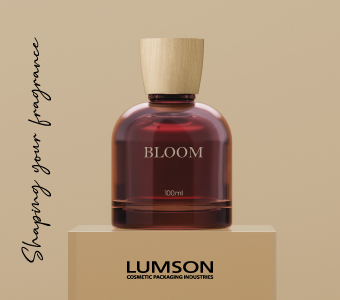Today, one in two consumers now uses semi-permanent gel for their manicure, compared to one in four just 5 years ago.
The technology behind semi-permanent gel
Semi-Permanent gel has gained popularity due to its durability and extended wear, which can last for several weeks.
This is explained by a cross-linking technology well-known in certain trades that requires specific ingredients such as HEMA and/or Di-HEMA, and whose mandatory polymerization is activated using UV or LED lamps. The polymerization of these oligomers or monomers allows the creation of a strong, and shiny film, as well as a strong chemical bond with the natural nail, ensuring strong adhesion and therefore increased resistance to chipping.
The implementation of such molecules (HEMA and Di-HEMA) and necessary stabilizers, most of which are sensitizing compounds upon direct skin contact, explains why such formulas are reserved for professional use.
When market success comes with abuse
The flip side of its success is that the semi-permanent gel category faces several major challenges:
The retail sale of products/formulas intended "for professional use" has practically become the norm. The use of these few words allows easy evasion of existing regulations in Europe. Regulations which only allow retail sales to consumers for semi-permanent gel polish formulas, provided they do not contain HEMA or Di-HEMA, and without the intentional addition of stabilizers (MeHQ or HQ). Note that these regulations will extend to other markets such as the USA, especially California.
Furthermore, the market for semi-permanent gels is flooded with Asian origin products whose competitive prices strongly attract consumer attention. Concerns arise about these products and their composition: unauthorized raw materials, stabilizer levels exceeding regulatory limits, etc.
At the same time, other market players have adopted a misleading approach by labeling their products ambiguously, using the term "semi-permanent polish" for formulas that do not correspond at all to this type of claim. Cross-linking is a mandatory step for this type of product; it’s not just a marketing concept. This inevitably misleads consumers looking for a durable alternative to traditional nail polish. This marketing strategy can lead to significant disappointment among users who do not find in these products the performance of a true semi-permanent gel, impacting the potential of this category.
Regulatory enforcement as a guarantee
Faced with these challenges, many industry experts call for compliance with regulations to ensure the quality and safety of products on the market. According to our checks, we can expect strengthened law enforcement with possible market withdrawals of products not compliant with European regulations.
The product development teams of IL Cosmetics Group have responded to these challenges with innovation. The Group, No. 1 in Europe in the "long-lasting" nail polish category, has been working on diversifying its portfolio for several years to offer today a HEMA-FREE, DI-HEMA FREE semi-permanent gel polish in perfect compliance with European regulations. Total transparency on compositions and toxicological certifications will finally allow all retail brands to take advantage of the boom in this product category without being "limited" to professional use (and without deceiving the consumer).
The result of years of internal development and collaborations with external research organizations, these new formulas have allowed to achieve significantly superior performance to traditional nail polishes, with a 3-step manicure for a full chip-free week and up to 15 days of intact shine!
“The ‘gel’ makeup finish remains a key factor for consumers, and we are already working on a one-step solution to enrich the potential of this category. This innovation will be presented next month at our booth at Cosmoprof/Cosmopack Bologna," says Aurélie Ignaccolo, Head of Marketing at IL Cosmetics group.































